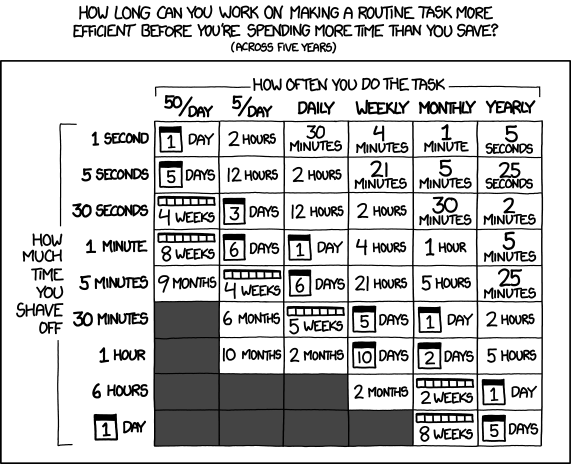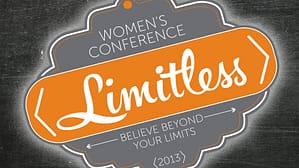I have written previously about using checklists to maximize my efficiency in class planning. The Chronicle of Higher Ed has had posts regarding this topic, as well, with this one being a terrific introduction to the topic. My semester checklist continues to evolve, so have hesitated sharing it here. However, I passed it on to a few of my colleagues and they said it was quite beneficial, even though they modified it considerably for their own use.
Here is my work-in-progress class planning checklist on Evernote.
In order to boost my productivity even further, I take a condensed version of the checklist and import all the items via a single email to my task manager tool of choice (Remember the Milk). The comments about each item in the checklist don't need to be repeated in my to do list, but I have left them there mostly for the colleagues who I have sent the list to in the past who might benefit from the additional detail. RTM allows you to import a whole series of tasks in a single email, For tasks that repeat, based on the number of classes that I teach, I enter a separate task for each course (for example, revising and posting a syllabus needs to happen for each class). For items that only occur once per semester, such as updating my CV and re-posting, I only include a single task.
Here is my also-work-in-progress Remember the Milk task list import email.
If you want an entirely different example of what an academic in a scientific field keeps in mind as he develops his to do list, see this post from drosophiliac.com.
Feel free to comment below on any of the many items I'm sure I have missed on my ever-changing checklist. This is my second year using it and I've already made a bunch of changes from last year. I'm looking forward to hearing from you on how to improve it even more.
Best wishes to you as you plan your upcoming classes,
Bonni


